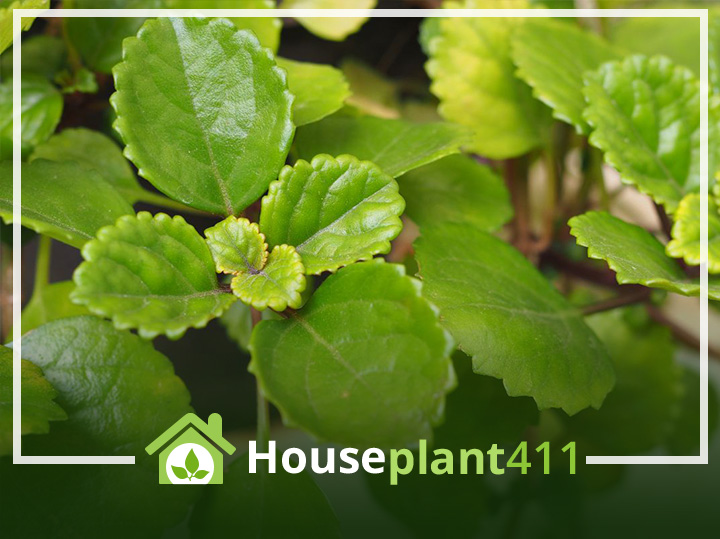Swedish ivy is a hardy ground plant that can survive in all kinds of conditions. The plant’s origin is not exactly known, but it has been growing almost everywhere in North America and Europe for centuries. It can be found in forests and rock gardens, on coastal dunes and even on walls.
The plant can grow as tall as 3 feet (1 m) when it spreads through runners along the ground. The flowering season usually is between March and May, when it produces small white or violet flowers on long stalks above the leaves. In some areas, Swedish ivy can be used to make wine from berries.
In this article, we take a look at the history and origin of the Swedish Ivy plant. The plant has been around for ages and is considered among the best.
Swedish Ivy Provides Exceptional Durability
Swedish ivy is a hardy ground cover that can survive in all kinds of conditions. The plant is native to Europe, but it’s not picky about soil type or climate. Swedish ivy needs full or partial sunlight, so you’ll want to plant it in an area with plenty of light if your house has lots of windows and doors that face north or east.
Swedish ivy can grow on any type of soil from sandy loam to clay-based soils; however, if you have heavy clay soil that tends to hold moisture longer than other types (such as sandy loam), then you may need to water more often during summer months when there isn’t enough rainwater available for the plant’s needs.
Swedish ivy was introduced into North America in the early 1900s by Walter T. Swingle, who wanted to use it as an ornamental groundcover for his garden in South Carolina. He first brought some plants from Europe to his home in New York City before moving them up north after being hired by Cornell University’s agricultural program (which later became known as their horticulture department).
Swedish Ivy is Part of the Botanical Family Ericaceae
The Swedish ivy plant is part of the botanical family Ericaceae. This family includes many types of flowering shrubs, including ericaceous plants like rhododendrons and azaleas. The name “ericaceous” comes from “Ericus,” who was known as “Saint Eric” by his followers in Sweden during the Middle Ages. He was killed around 1160 A.D., after being tortured and hung up on a tree before being beheaded by King Magnus Barefoot at Birka, Sweden (the oldest town in Scandinavia).
The common English name for this plant comes from its resemblance to English ivy (Hedera helix), which belongs to another botanical family called Araliaceae (which also includes hops). But unlike their cousins over in Europe, North Americans have no access whatsoever when it comes time for harvest season–unless they live somewhere within reach of Central America or South America, where these evergreen vines grow wild along forest floors all year round!
The plant’s origin is not exactly known, but it has been growing almost everywhere in North America and Europe for centuries. It is one of the hardiest plants you can grow and will grow in many different conditions. The Swedish ivy plant also grows very quickly, making it a great choice for covering large areas of ground quickly. It’s a low maintenance plant that requires only minimal watering once or twice per week during the summer months (you may need to water more often during periods with especially hot temperatures).
The leaves are glossy green on top with a silver-white underside; they’re broad-shaped with pointed tips and edges that curl upwards slightly at the ends of each leaf blade.
Found in Forests and Rock Gardens
Swedish ivy can be found in forests and rock gardens, on coastal dunes and even on walls. The plant is also known as the Creeping Mahonia or the Bergenia.
The Swedish Ivy is a perennial evergreen vine with small leaves that are dark green with a grey hue to them. The stems are slender and grow up to 6 feet long with bright yellow flowers blooming during springtime before turning into fruits later on in summertime (July-August).
Swedish Ivy is a perennial vine that can grow up to 3 feet tall when it spreads through runners along the ground. The plant produces green leaves and bright red berries in the fall season, with flowers appearing in spring and summer.
Flowering Season
The flowering season usually is between March and May, when it produces small white or violet flowers on long stalks above the leaves. The fruit is a berry that ripens in autumn and can be eaten by humans.
In some areas, Swedish ivy can be used to make wine from berries. The berries are edible but not recommended for human consumption. They have a sweet taste and can be used in cooking or baking.
The berry wine made from these berries is called berry wine because of its high alcohol content (around 15%). It has an aroma similar to grapes and tastes like cherries or plums with a hint of cinnamon.
This is a great plant for gardening and landscaping. It is a hardy plant that can grow in a variety of conditions and thrive in gardens, especially those with poor soil. It can be used as ground cover, border or vine to protect your walls and even add aesthetics.
Conclusion
Swedish ivy is a great plant for gardening and landscaping. It can be used in many ways, from covering bare soil to providing a ground cover over rocks or walls. The plant’s hardiness makes it ideal for people who want to grow something without having to worry about their lack of experience or space limitations.

